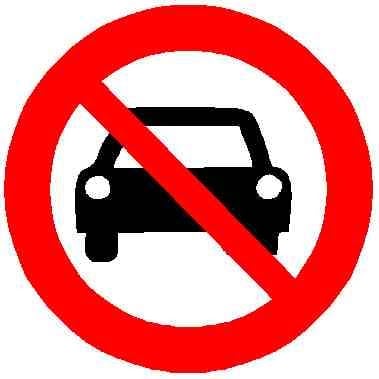

Yeah, that was the word I was looking for.
The times between the magnetic reversal have historically been anywhere between 10k years and 5.45 million years. These numbers are so far apart that the average means basically nothing.
Random just means that we don’t have enough information to make a prediction. Dice aren’t truely random. If we perfectly knew their initial state, the exact state of the table and the state of every air and dust molecule in between, we would be able to 100% predict every dice roll. But we don’t so we can’t and thus we call it random.
Independent also just means that we don’t know the connection. Every dice roll impacts the state of the world and thus impacts the next dice roll. They aren’t truely independent. We just don’t have enough data, understanding and calculation power to see the connection (contrary to e.g. the stacked/counted deck).
In regards to magnetic reversal we know the time between reversals is anything but consistant and predictable, and we have no mechanism by which we can predict when the next one is going to happen. Since we know neither the mechanism nor the factors, they are random to us.
A good example of this concept is the Monty Hall problem (you know, the one with the goats and the car behind doors).
The placement of the goats and the car is random until we open the doors. That doesn’t mean that only when we open the door will whatever is behind the door manifest into a car or a goat, but it means we don’t know what’s behind the doors.
Monty Hall knows what’s behind which door, so to him it’s not random what’s behind the door, and if he was to choose the doors, he’d always find the car.
So according to Bayesian statistics: Until you know something, it’s random and until you know the connection it is independent.





The UK is such a mess, as a country. It always was, but since Brexit, it’s gone downhill even further.